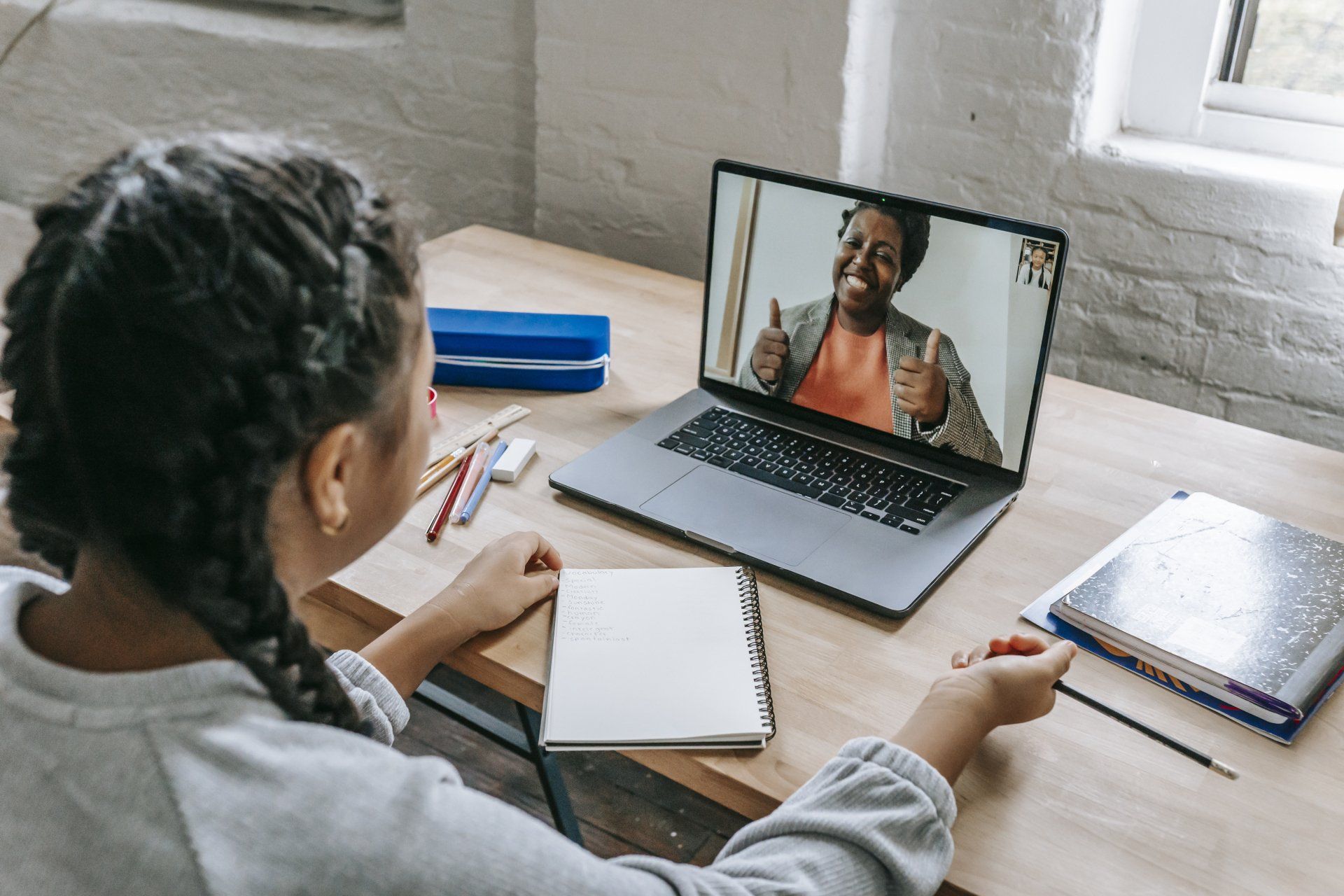Navigating the Digital Maze: A Parent's Guide to Screen Time and Online Learning
In today's rapidly evolving world, digital devices and online learning have become integral parts of our children's lives. As parents, it's crucial to strike a balance between screen time and productive online learning experiences. This blog post serves as your comprehensive guide to understanding the challenges, benefits, and strategies for effectively navigating the digital landscape.

The Challenges of Screen Time
Excessive screen time can impact children's physical health, sleep patterns, and cognitive development [1] With online learning, the boundaries between educational and recreational screen time can become blurred, making it essential to establish a structured approach.
Benefits of Online Learning
Online learning offers unique opportunities for children to explore subjects they're passionate about, access educational resources, and develop tech-savviness. According to a study by the International Society for Technology in Education [2], online learning can enhance students' problem-solving skills and collaborative abilities.
Setting Healthy Screen Time Limits
- Age-Appropriate Guidelines: The American Academy of Pediatrics [3] recommends that children aged 2 to 5 should have no more than one hour of screen time per day, while older children and teenagers should have consistent limits based on their developmental needs.
- Balanced Schedule: Create a daily routine that balances screen time with physical activities, social interactions, and reading. This helps maintain a holistic approach to your child's development.
Quality Content Matters
- Educational Apps and Websites: Choose reputable educational apps and websites that align with your child's interests and learning goals. Engage them in interactive learning experiences that foster creativity and critical thinking.
- Parental Controls: Utilize built-in parental controls on devices and apps to monitor and manage your child's screen time. These tools empower you to filter content, set usage limits, and ensure safe online experiences.
Open Communication
- Discuss Guidelines: Involve your child in setting screen time rules and expectations. This collaborative approach encourage ownership of the guidelines.
- Digital Etiquette: Teach your child about responsible online behaviour, including respecting others' privacy and practicing digital citizenship.
Screen-Free Zones and Times
Designate specific areas or times in your home as screen-free zones. These areas could include the dining room or bedrooms, ensuring that family interactions and sleep routines remain uninterrupted by screens.
Conclusion
Navigating the digital maze requires a balanced approach that harnesses the benefits of online learning while safeguarding your child's well-being. By setting healthy screen time limits, curating quality content, maintaining open communication, and designating screen-free zones, you empower your child to thrive in the digital age.
Remember, you are your child's guide in this digital journey. By instilling responsible digital habits and fostering a love for learning both online and offline, you pave the way for their success in a technology-driven world.
Footnotes
- Mayo Clinic. (2019). Screen time and children: How to guide your child. Retrieved from https://www.mayoclinic.org/
- International Society for Technology in Education. (2018). Effective Digital Learning. Retrieved from https://www.iste.org/
- American Academy of Pediatrics. (2016). Media and Young Minds. Retrieved from https://www.aap.org/












